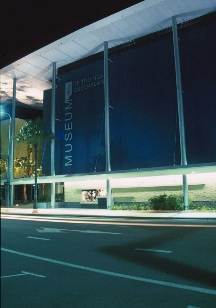
Figure 15: The Museum of Tropical Queensland (Home of the Pandora) is popularly called the 'Pandora Museum'. It is the official repository of all material from the Pandora wrecksite.
All archaeological material excavated from the Pandora wreck must undergo extensive conservation treatment if rapid deterioration is to be avoided. It is a prolonged, intricate and extensive process. Essentially, objects from the Pandora wreck have resided in a stabilised physical, chemical and biological environment for over two centuries. Removal from these harmonious circumstances can introduce oxidising agents, other chemical and temperature changes, microbiological attack and other detrimental effects on the material, all of which can contribute to the destruction of an artefact within a period of as little as ten days (Delaney pers. comm.).
The overall objective of conservation of material from a maritime site is to remove the artefacts from the delicate wet environment, and slowly introduce them into a dry atmospheric environment, whilst maximising the integrity of the object.

Figure 15: The Museum of Tropical Queensland (Home of the Pandora) is popularly called the 'Pandora Museum'. It is the official repository of all material from the Pandora wrecksite.
Immediately following their excavation, the Pandora skeletal material was temporarily maintained in sea water and stored at a reduced temperature to prevent biodeterioration. After transportation from the wreck site to the Queensland Museum, they were transferred to tap-water and further maintained at a temperature just above freezing point. Because the bones had come from a salt-water environment, they needed to undergo desalination treatment where NaCl is gradually removed. If salt remains in the bone, crystallisation will spontaneously occur during dehydration, and the integrity of the object will suffer as a result. Following desalination, the skeletal material is dehydrated and is gradually introduced to a dry environment. This is controlled in a sealed container where the relative humidity of the object is monitored and allowed to drop slowly (Turner pers. comm.).
Conservation processes vary between objects. For example, it is anticipated that some artefacts from the wreck will require four years of treatment. Desalination of the Pandora skeletal material took eleven months, while dehydration lasted a further four months, which allowed the material to be carefully handled with gloves, and examined in a dry environment. The conservation techniques have had no apparent detrimental effects on the material, leaving the bones stabilised in a dry environment.
© Internet Archaeology
URL: http://intarch.ac.uk/journal/issue11/4/21.html
Last updated: Thu Mar 28 2002